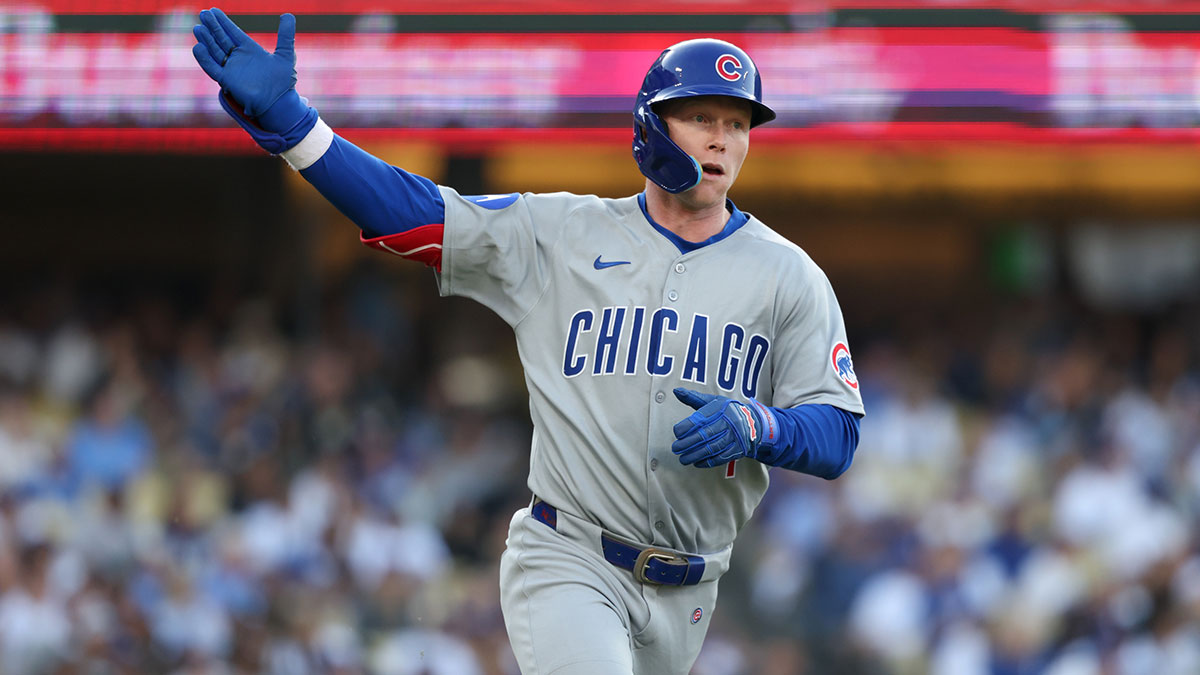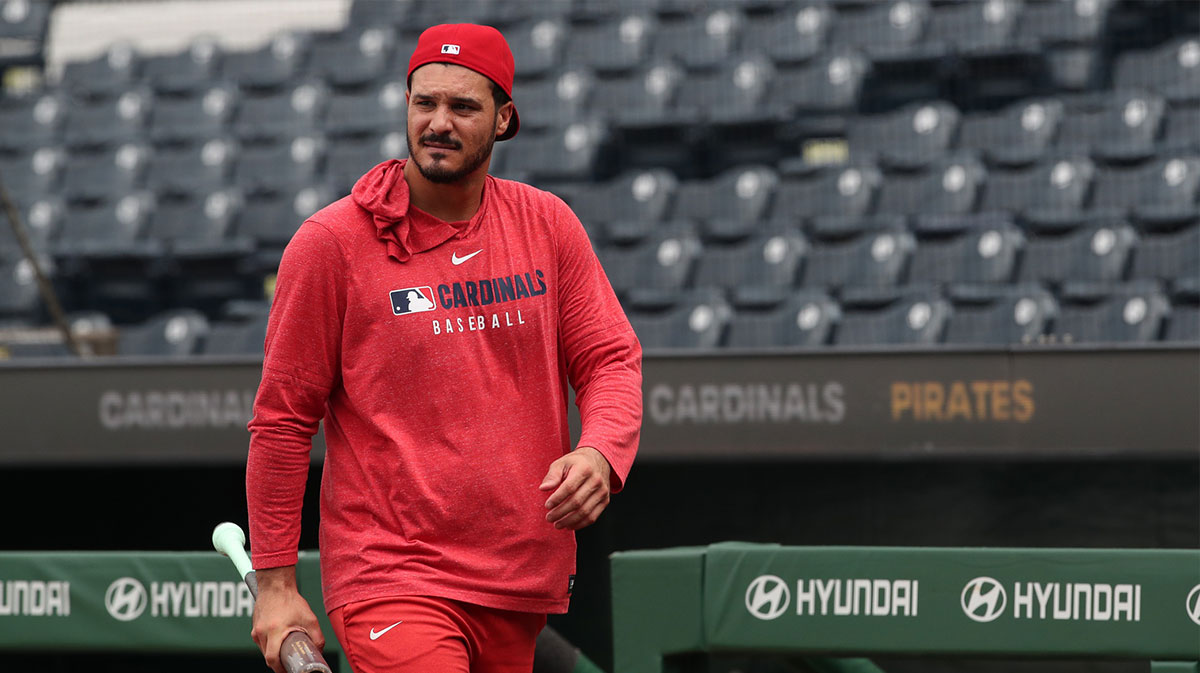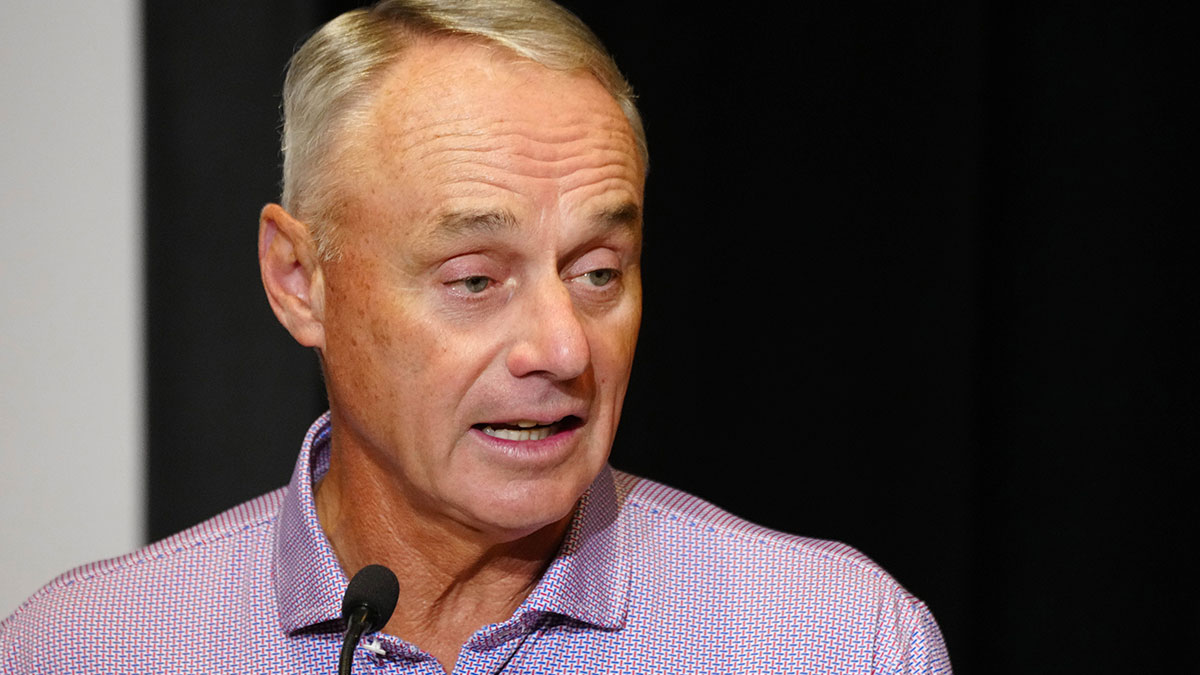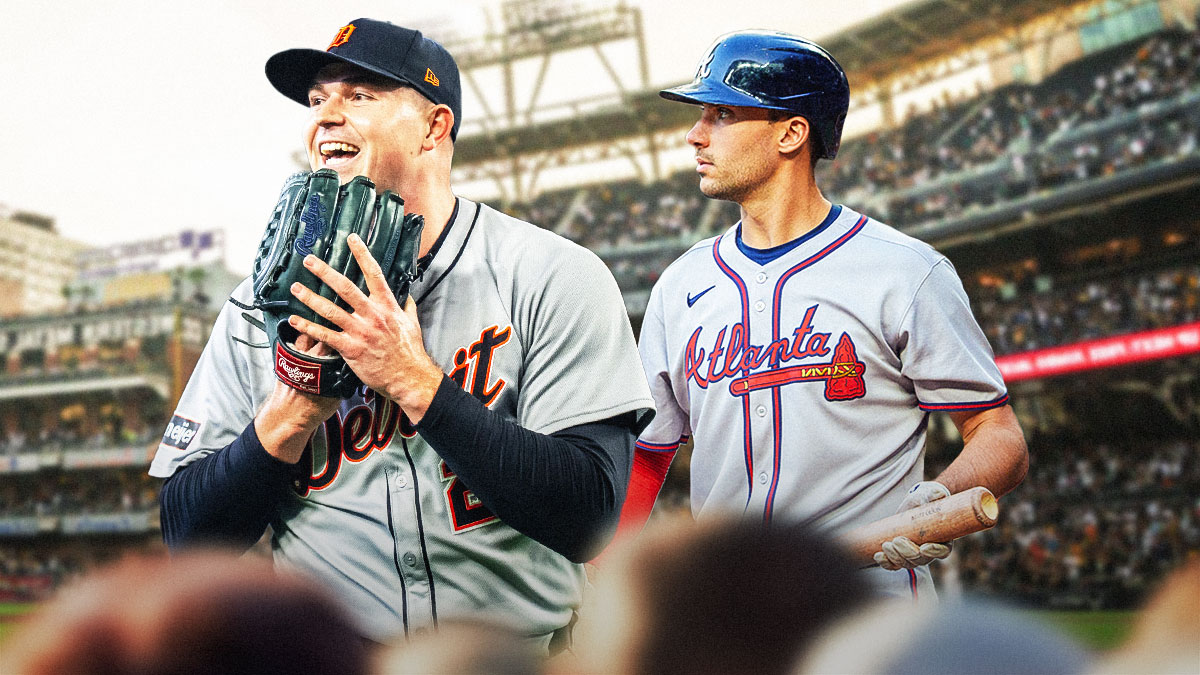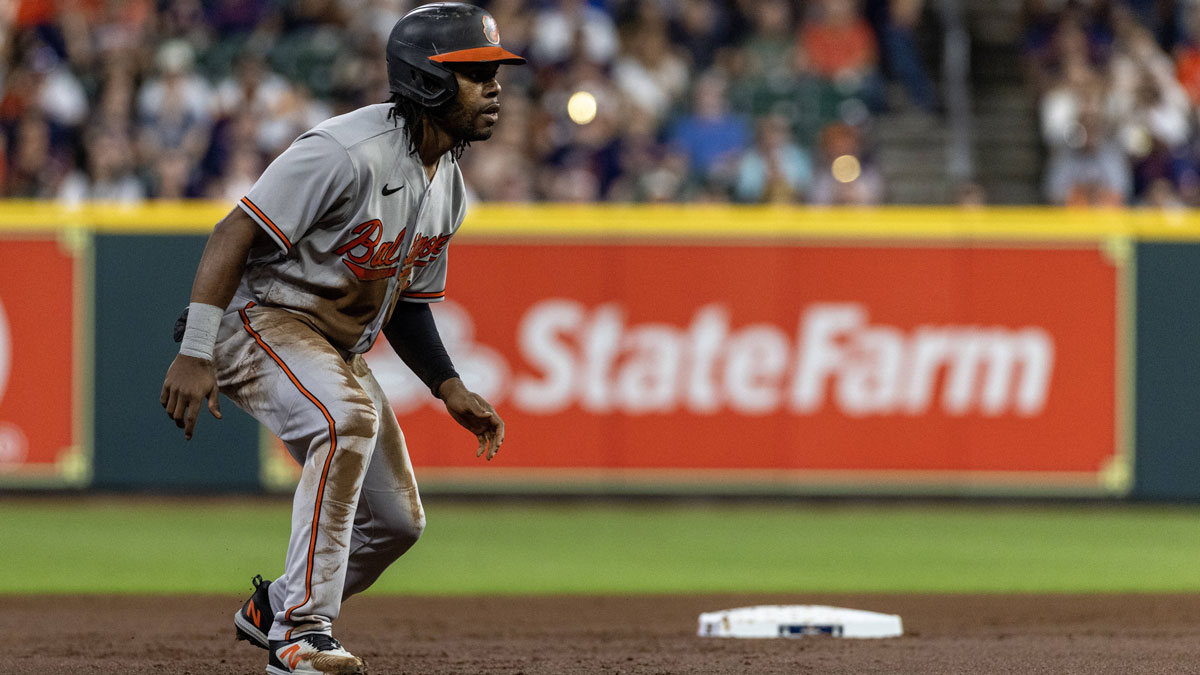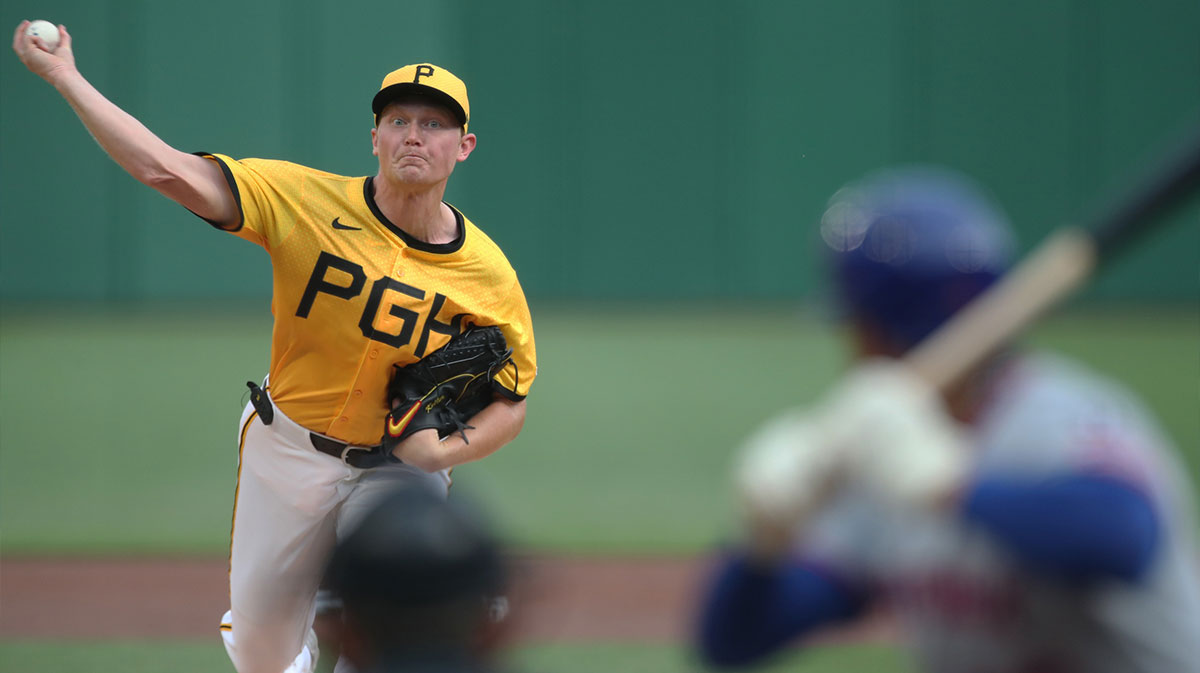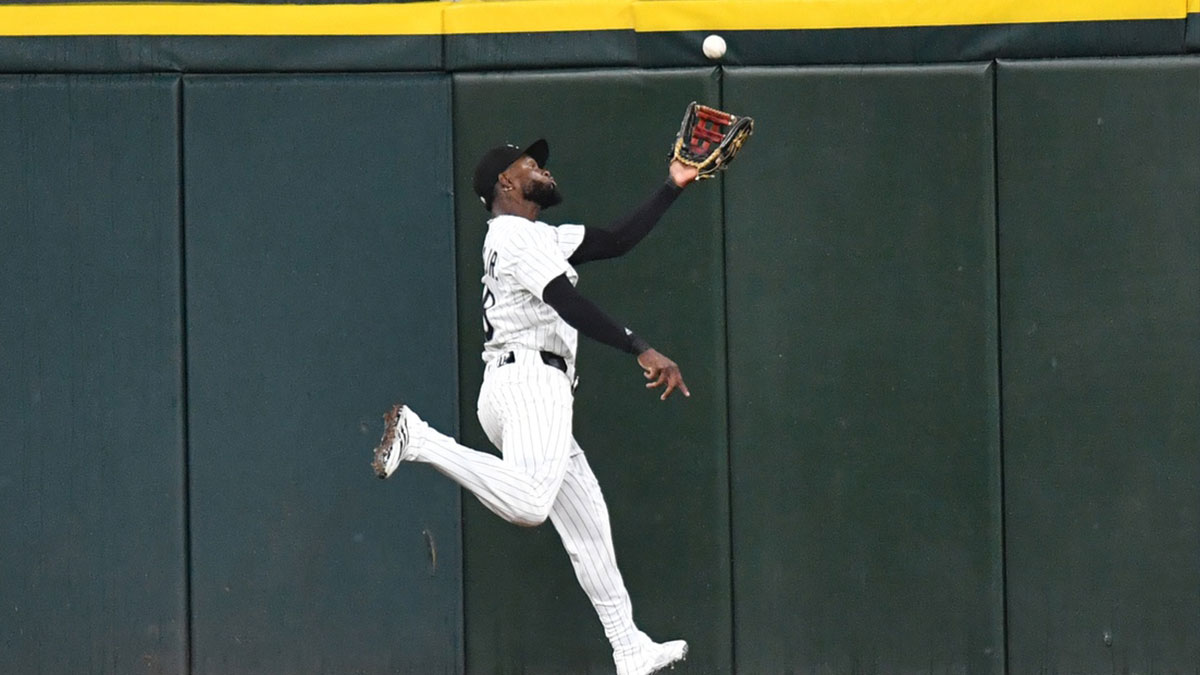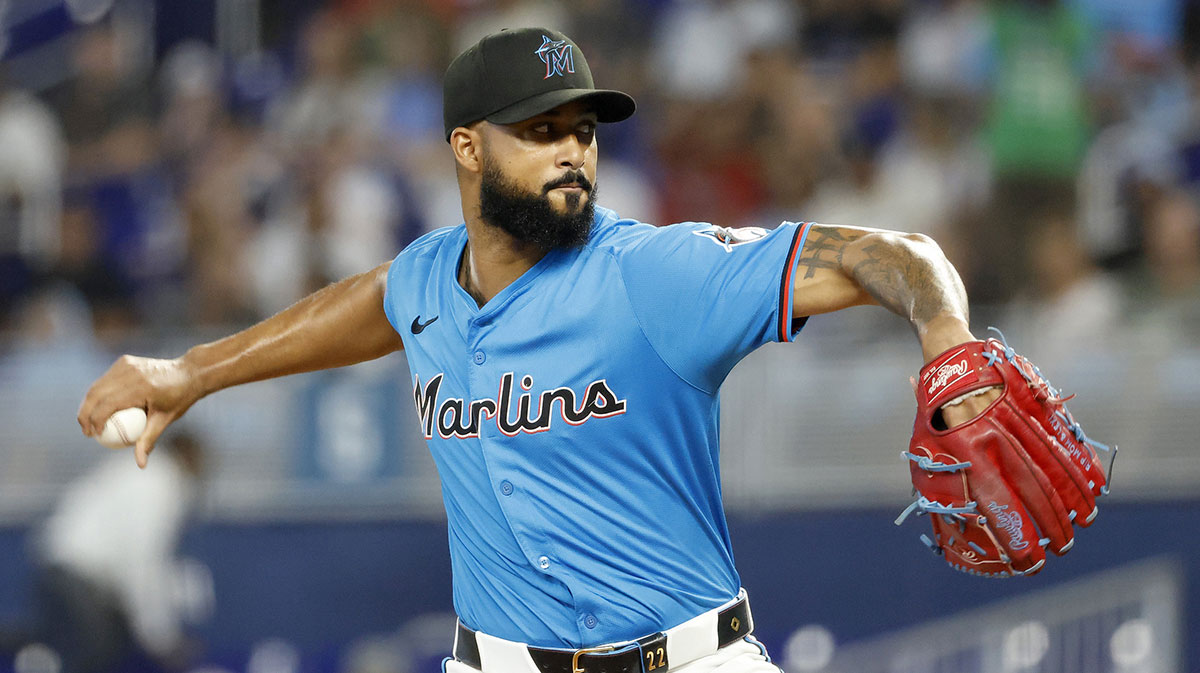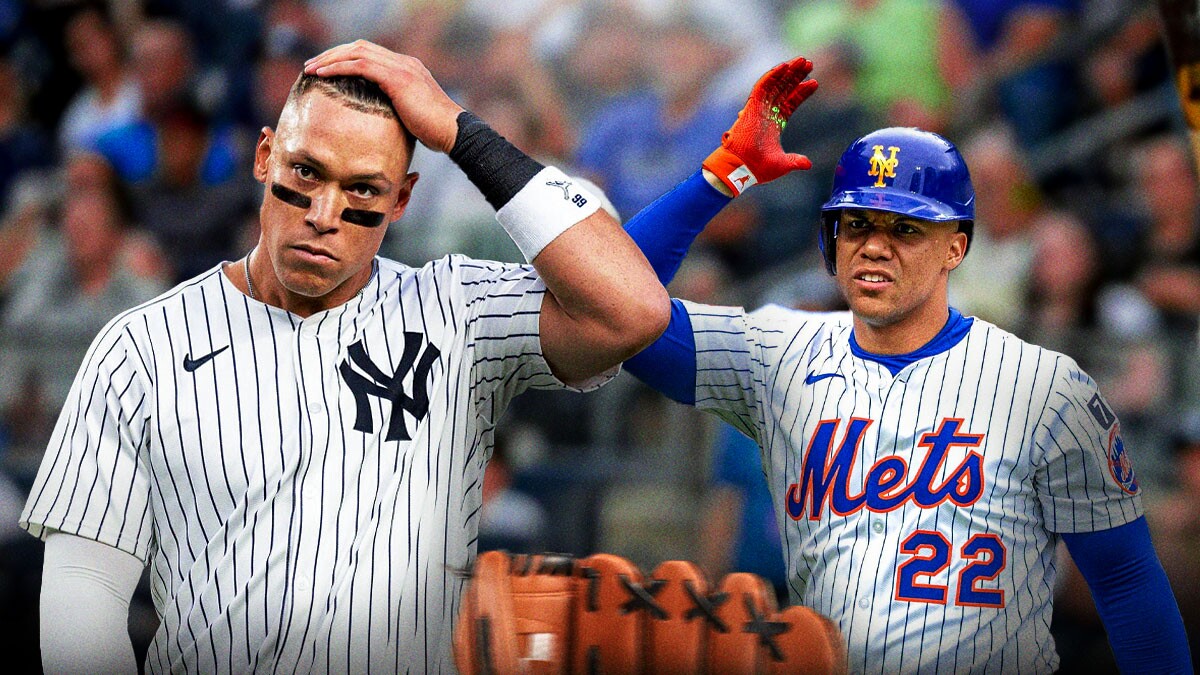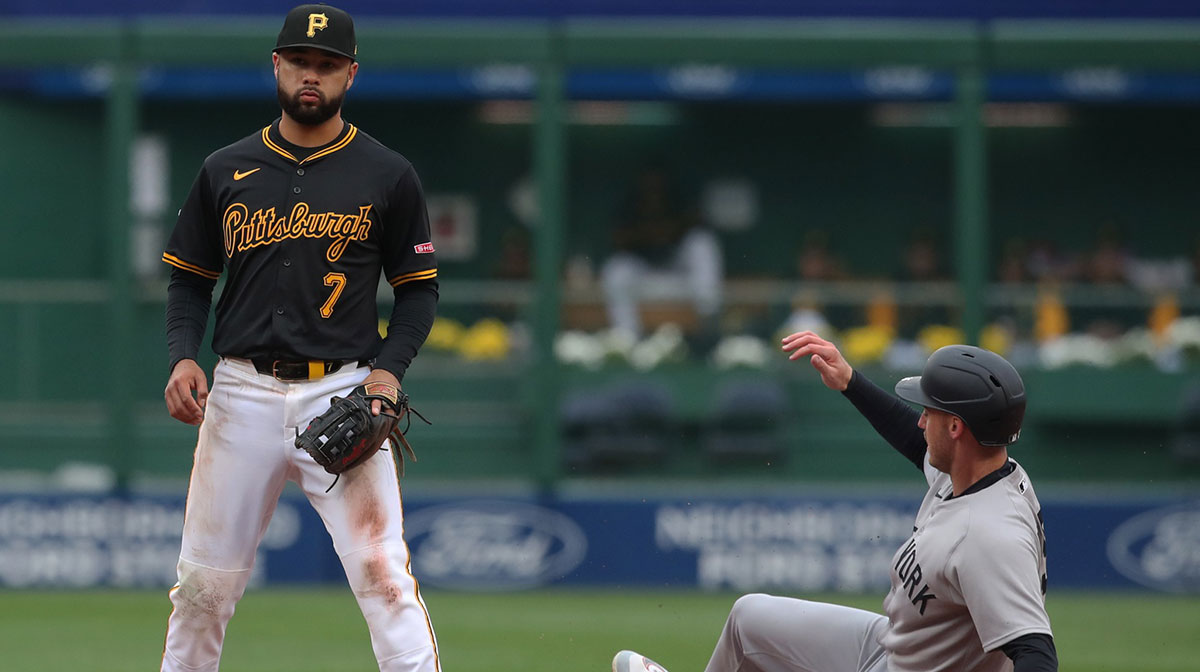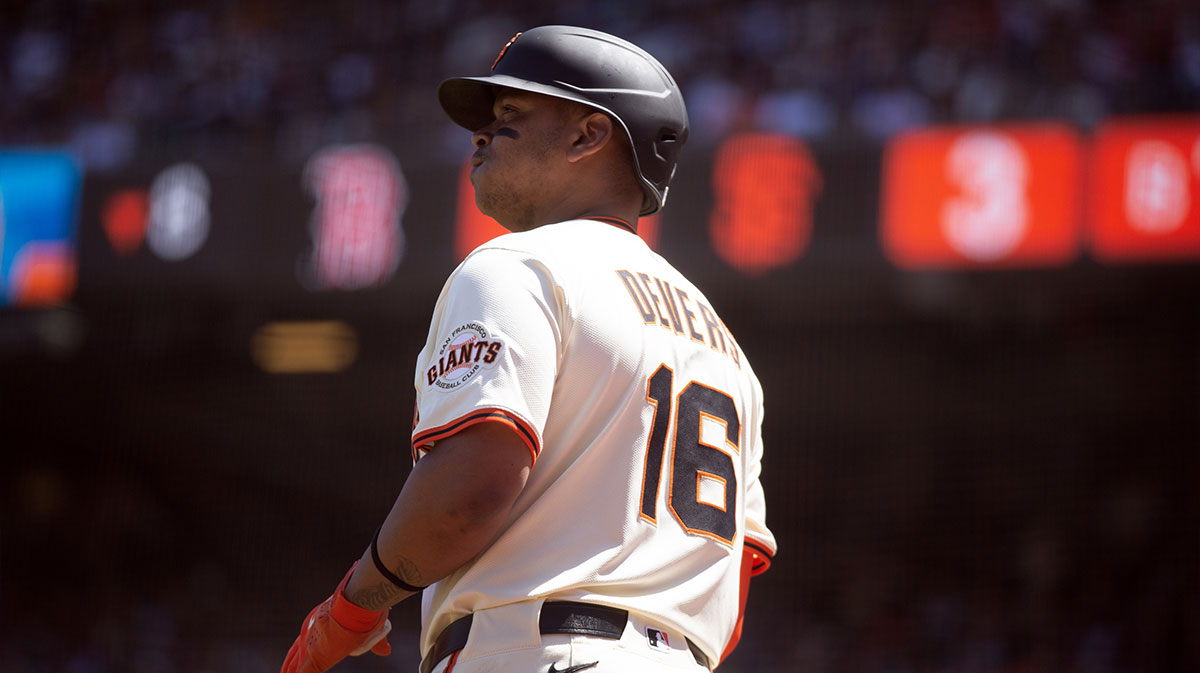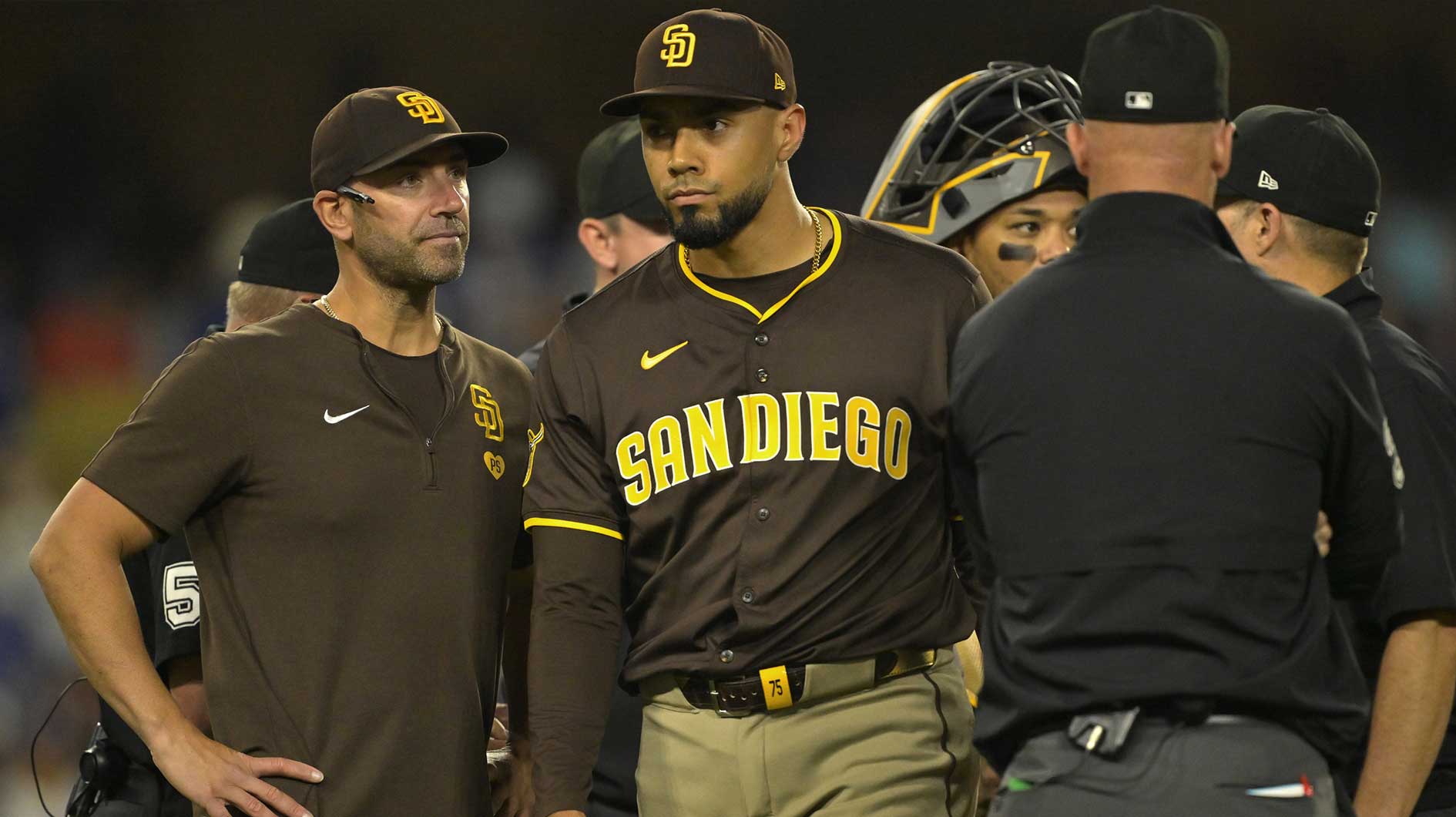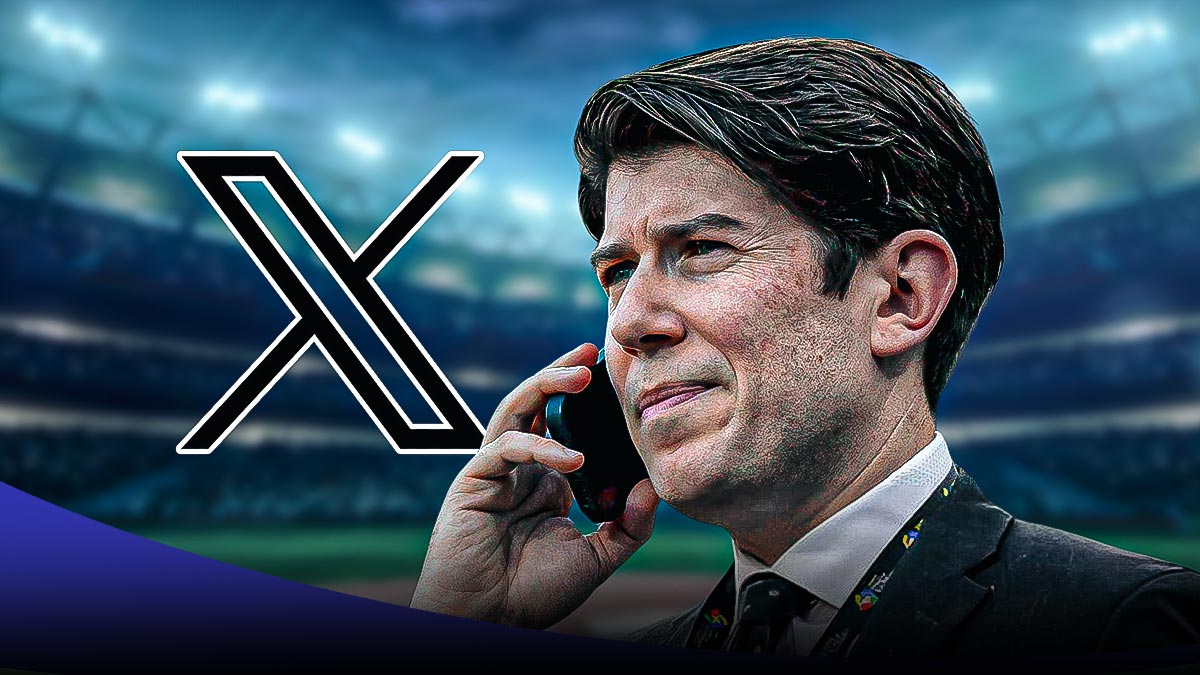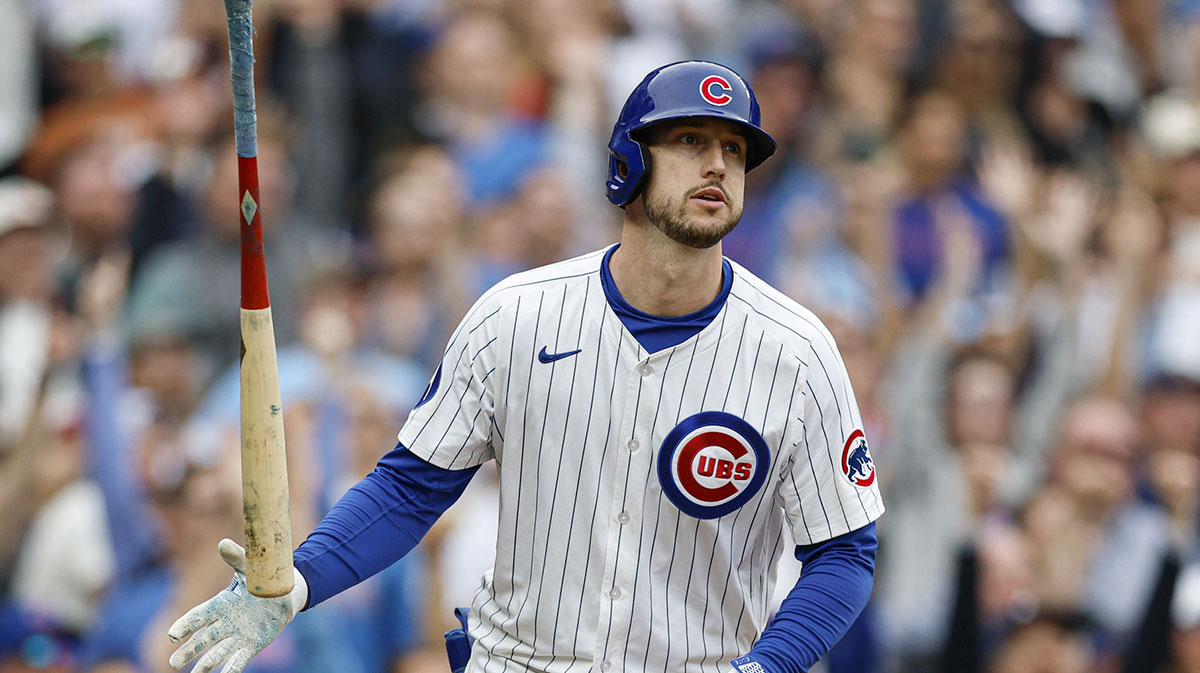So much for a quiet MLB offseason.
While the first few months of the winter felt fairly quiet, the signings of Manny Machado and Bryce Harper appear to have created a butterfly effect on the rest of the league.
The Los Angeles Angels–feeling the pressure of retaining the best player in baseball–awarded Mike Trout with the richest contract in professional sports history, a 12-year, $430 million contract firmly solidifies the direction of the organization.
Meanwhile, the Houston Astros appear to be following the model once laid out by the Angels when they handed Trout his first extension prior to the 2014 season (Trout still had two years of arbitration left at this point). The Astros agreed to a six-year, $100 million extension with third baseman Alex Bregman to bypass his final years of arbitration and lock up their 24-year-old star through 2024.
Teams are consistently changing the way that they look at team control. The Chicago White Sox agreed to a six-year, $43 million extension with star prospect Eloy Jimenez despite the fact that Jimenez has yet to even suit up for a major league game. The deal includes a pair of club options and can max out at $77 million.
In actuality, this means that Jimenez will still enter free agency just one year later than he would have if he had to go through the arbitration process:
Eloy Jimenez deal with #WhiteSox is six years, $43M with two club options, but in his camp’s view, he effectively is giving up only one free-agent year. Without deal, he would have started season in AAA and stayed down until at least point when CWS would gain seven years control.
— Ken Rosenthal (@Ken_Rosenthal) March 20, 2019
However, if Jimenez–the no.3 prospect in MLB Pipeline's Top 100–quickly blossoms into a star, the White Sox will be paying him an AAV of under $10 million. This is likely a far lower sum than he could earn in arbitration given the recent trends set by Kris Bryant, Mookie Betts and Nolan Arenado.
But how do these deals affect other teams throughout the league, and does it change how they will negotiate with their young stars?
Are contract extensions the new “free agency”?
Sure, the concerns about a lack of teams spending in free agency may have been slightly overblown. After all, both Machado and Harper received over $300 million for their services.
And yet, it is true that these same big paydays and the need to acquire or keep star players has diluted the market. Craig Kimbrel is one of the greatest closers of all time, yet he remains unemployed. Dallas Keuchel has a higher fWAR than Madison Bumgarner, James Paxton and Patrick Corbin in the last four seasons, but he too is unsigned.
In most respects, many tier two players are taking less money than they are worth, and certainly less than they would have received had they taken an extension or even a qualifying offer. Take Brewers second baseman Mike Moustakas for example:
Moustakas rejected #Royals’ $17.4M qualifying offer in Nov. 2017. Earned $8.7M total in ‘18 – $6.5M guarantee, $2.2M in incentives. His one-year deal with #Brewers for reported $10M, per @BNightengale, will push two-year total to $18.7M before incentives – just above one-year QO.
— Ken Rosenthal (@Ken_Rosenthal) February 17, 2019
On the flip side, consider the extensions signed by Arenado and Trout. Arenado would have been a free agent after this season, and had just set a single-year arbitration record of $26 million for this season. The Rockies proceeded to immediately enter into extension talks, and Arenado was rewarded with an eight-year $260 million contract with an AAV, a record that would be surpassed by Trout less than a month later.
Trout's deal will pay him over $36 million per year, which may in fact be a bargain given that–according to FanGraph's “Dollars” metric–he has been worth an average of over $68 million in his first seven years in the MLB.
Of course, both Arenado and Trout are two of the very best in the game. And yet it is still worth noting that they easily surpassed Machado and Harper–who are both younger–in terms of annual value.
And, considering the recent extensions struck by the Astros and White Sox, it appears that teams are looking to be more aggressive in locking up stars (or potential stars), which affords players more assurances in terms of guaranteed money.
But even though recent trends suggest that a contract extension may be a safer way to players to get paid while avoiding the dangers of having their value soured on the open market, the onus is still on the front office.
Show me the money!
If we think about all of the latest transactions as a domino effect, the next two in line to fall would appear to be Mookie Betts and Kris Bryant.
Betts is coming off a spectacular MVP season, and is second only to Trout in fWAR between 2015 and 2018. Bryant won the NL MVP in 2016, and is fourth in fWAR in that same period. The Red Sox right fielder will be a free agent after the 2020 season, with Bryant set to follow him after the 2021 season.
In light of recent events, do not be surprised if both teams pay top dollar to bypass their final years of arbitration and pay top dollar to extend their young stars.
Betts reportedly turned down a potential eight-year, $200 million extension with the Red Sox after the 2017 season. One year later, and that gamble should pay tremendous dividends. After winning an MVP and leading all position players in fWAR, he was already set for a huge payday, whether via extension or free agency.
But given the Angels' commitment to Trout, it would be surprising if the Red Sox let Betts–who is nearly a full year younger–escape their grasp. They simply cannot extend everyone that they want to, between Betts, Chris Sale and J.D. Martinez. It was going to be a stretch to do so even before news of Trout's contract broke, but now it will be nearly impossible.
So why not go with Betts, the youngest of the group and probably second only to Trout in terms of all-around talent? The two sides simply have not come close to an agreement on Betts' value, but that could just as easily change with everything that has just happened in recent weeks.
Meanwhile, the Cubs will face a similar scenario with many of their young stars, beginning with Bryant. Despite having an additional year of arbitration due to the Cubs acquiring added team control in his rookie year, Bryant is actually a few months older than Betts. Thus, he would also enter free agency before his age-30 season.
And how have free agency periods worked out for players entering their thirties in the last few years? Players like Yu Darvish and Jake Arrieta got decent value in terms of AAV, but Darvish got just four years and Arrieta signed a three-year deal. In other words, they have no assurances when they enter free agency again in their mid-thirties.
Bryant said he would “absolutely” sign an Arenado-level extension, and the Cubs would be wise to oblige. Despite encountering his first hiccup last year, he has immediately established himself as one of the very best players in the league, and has a higher fWAR than Arenado in the last four years.
Regardless of what is in store for Betts and Bryant, it is clear that front offices will have to take matters into their own hands and pay big money to retain young superstars moving forward.
Bottom line
Realistically, baseball fans should have seen this kind of trend coming. All but three teams are below the luxury tax threshold in terms of 2019 payroll, and yet most teams seem very content to stand pat in free agency.
In fact, teams like the Cleveland Indians continue to cut costs, likely because they are preparing to sign star shortstop Francisco Lindor to a monster extension in the near future.
Given that the current CBA does not expire until after the 2021 season, and with the consistent decline in spending for most free agents, expect most teams to zero in on their in-house talent.
But in particular, keep an eye on the likes of Betts and Bryant, who could be reeling in extensions with monster AAVs, maybe even as soon as this year.




